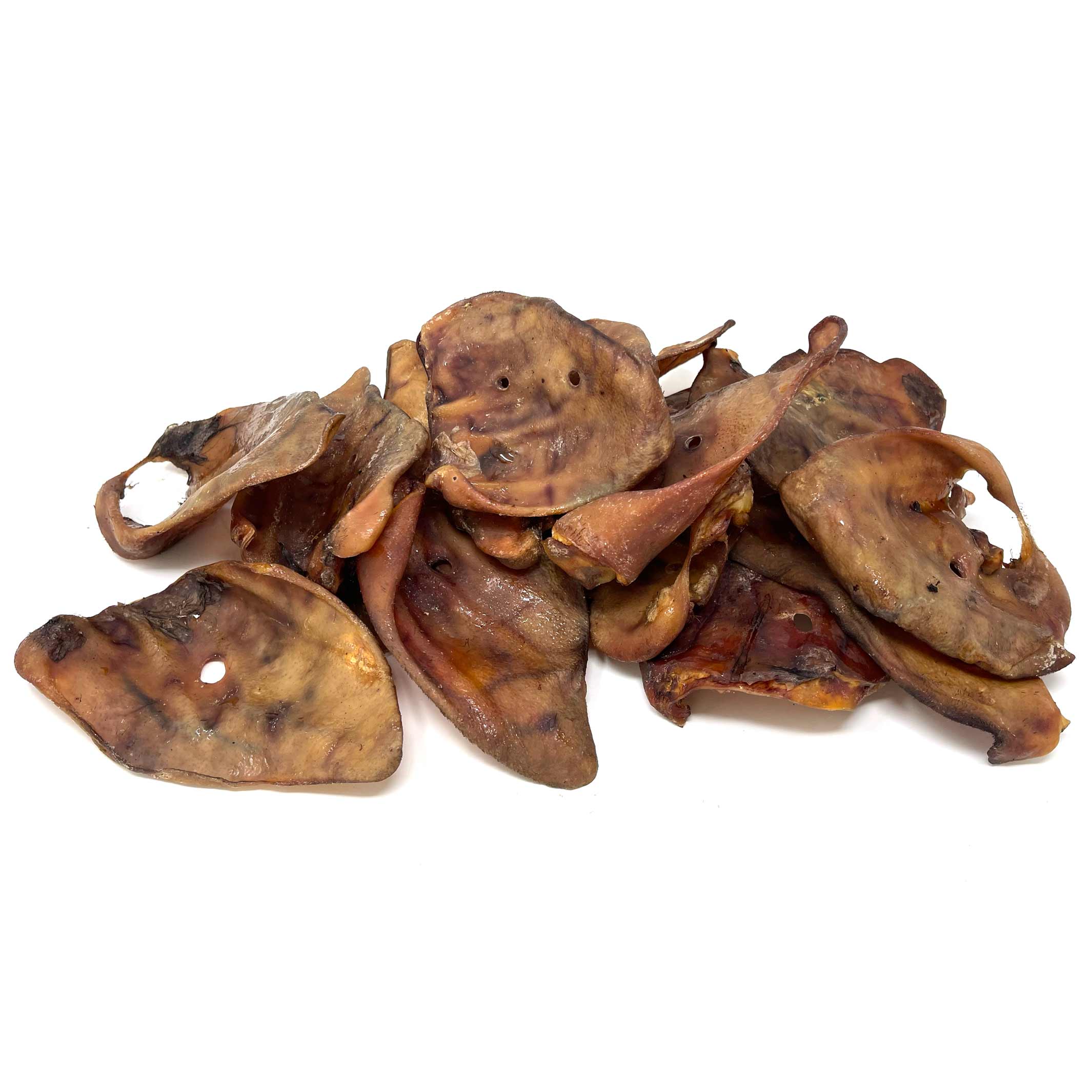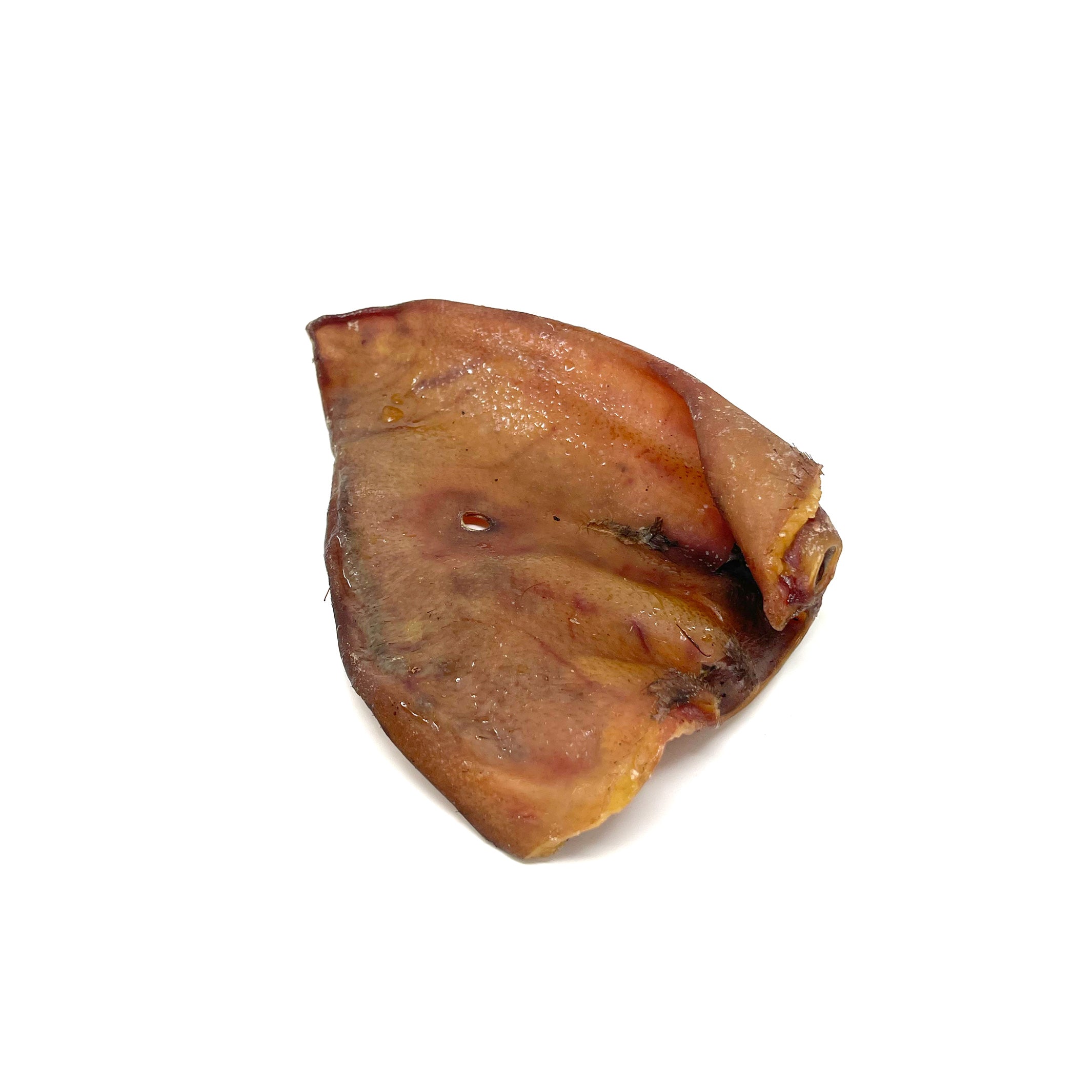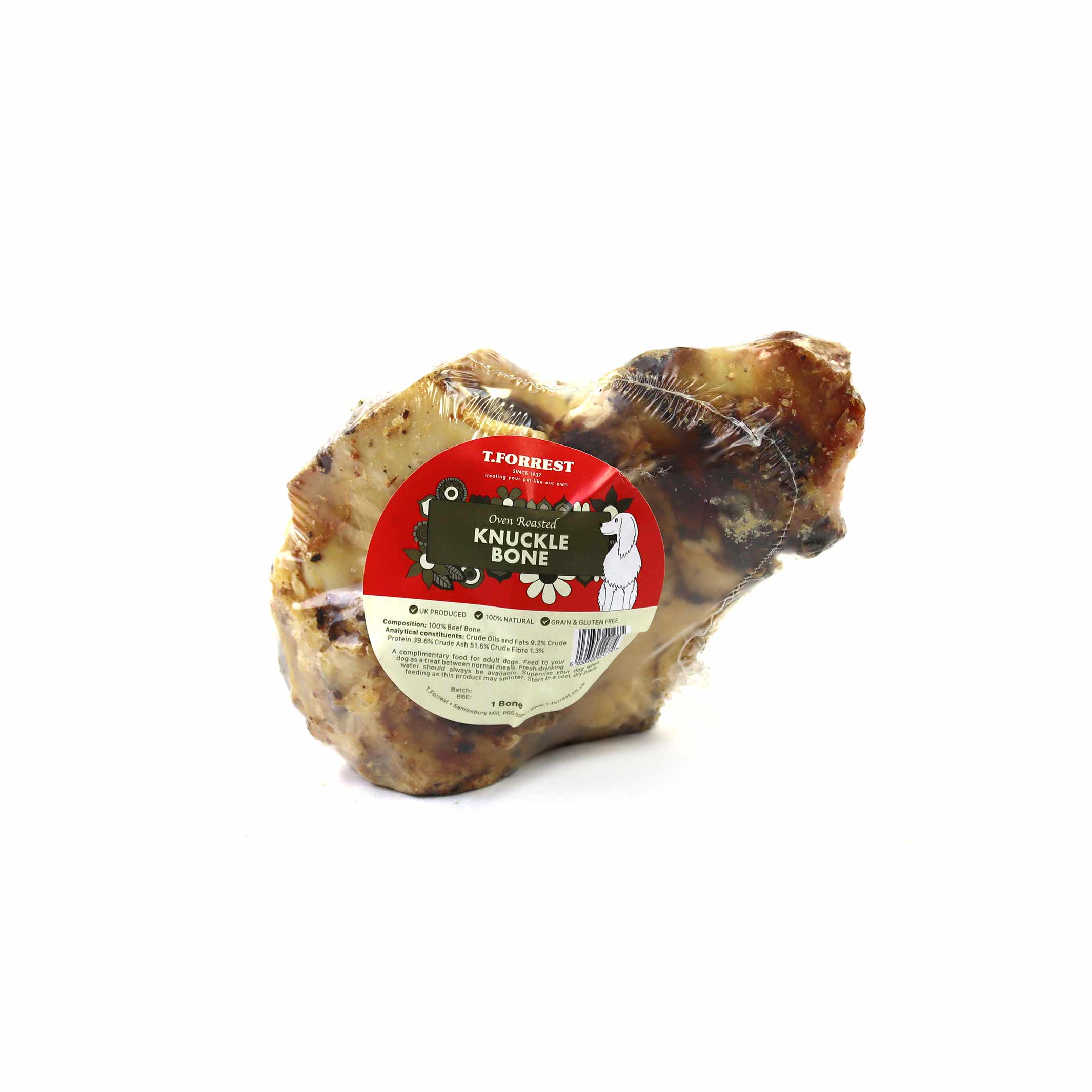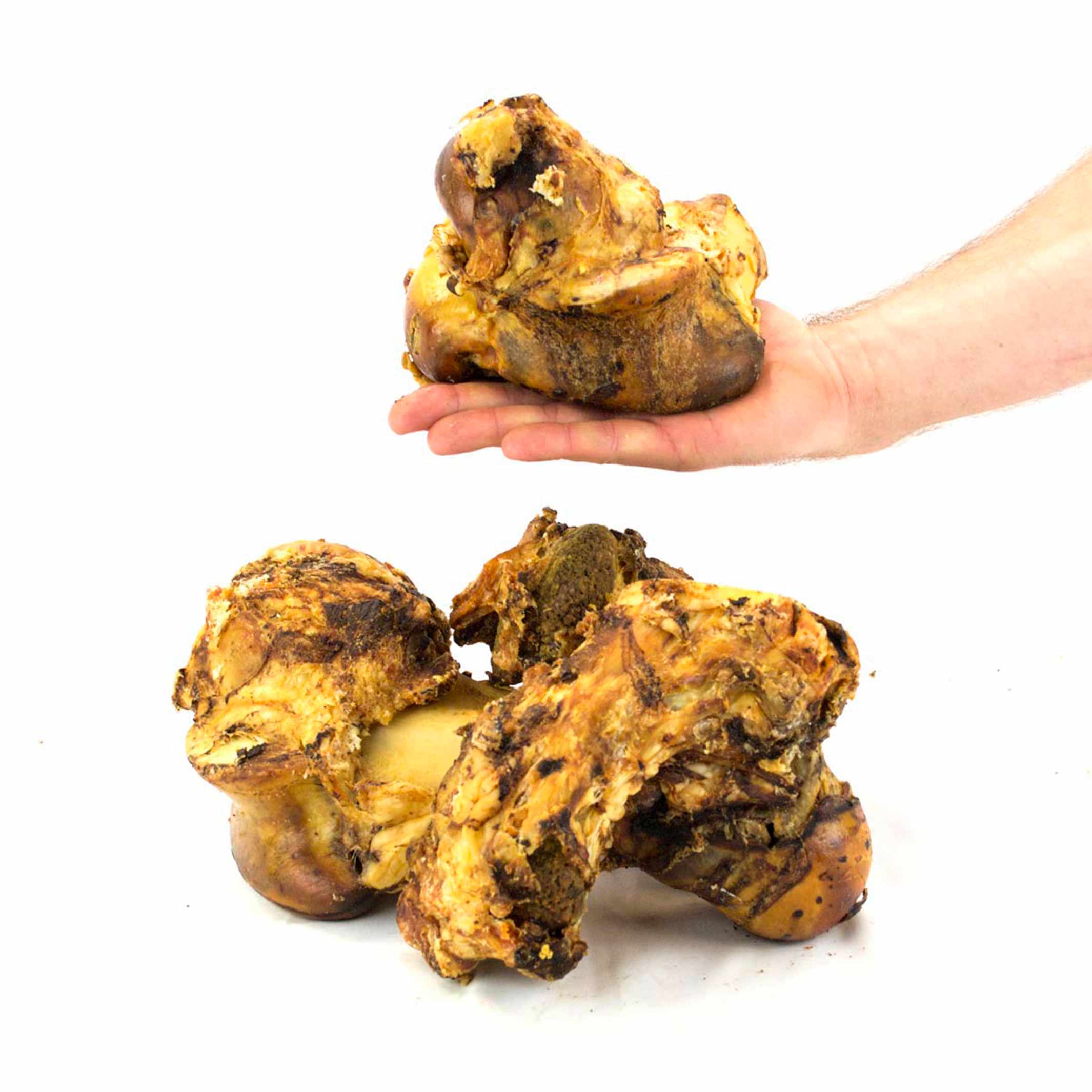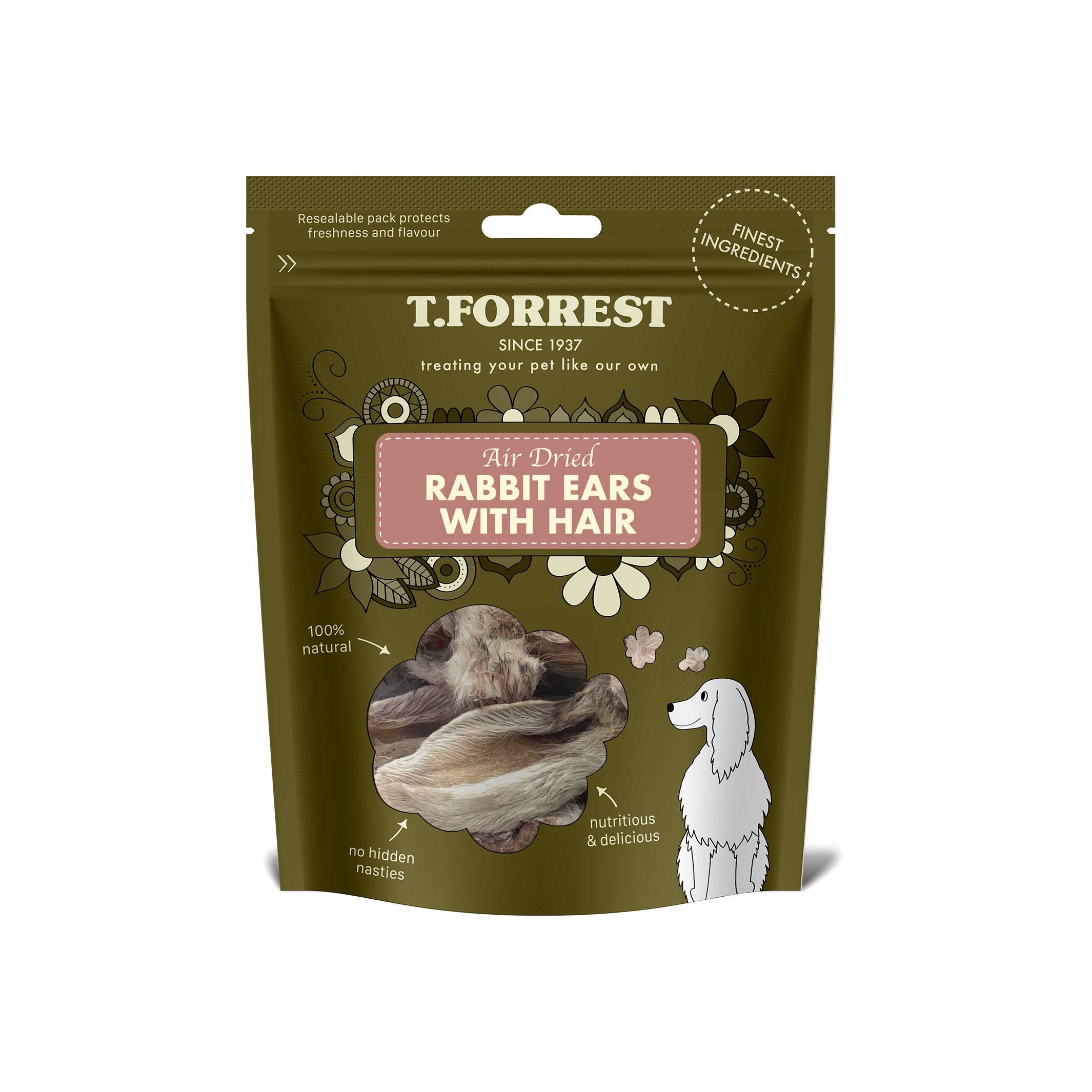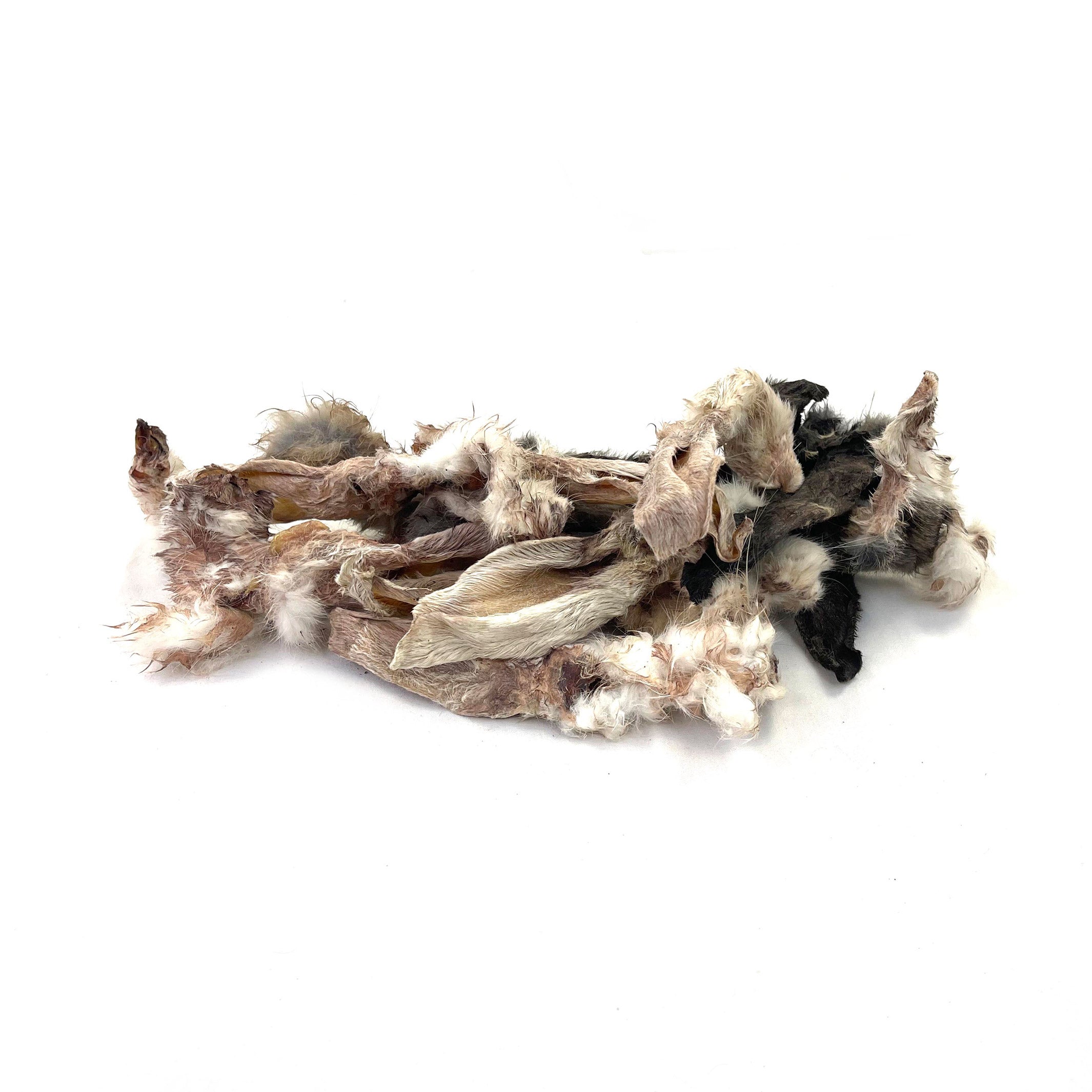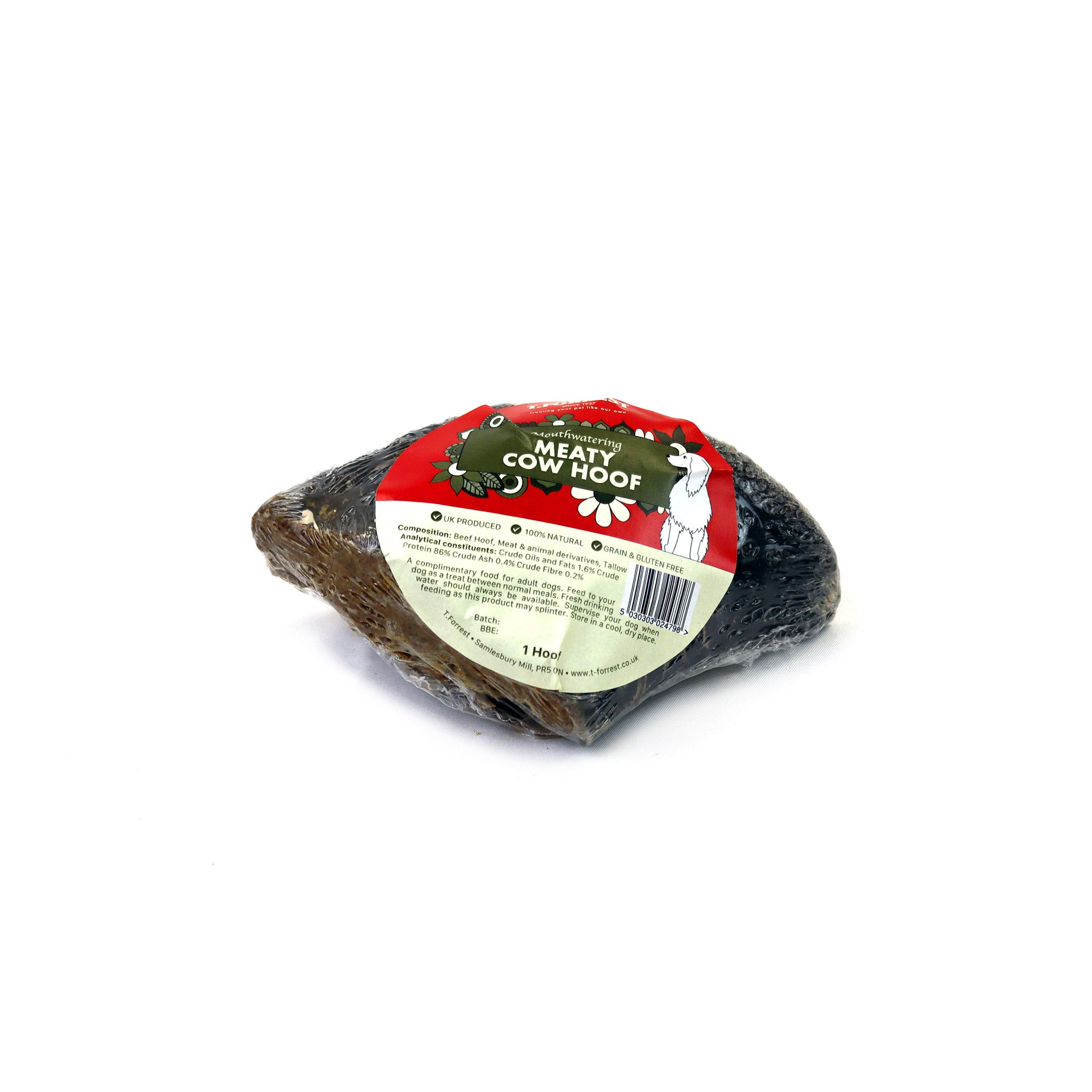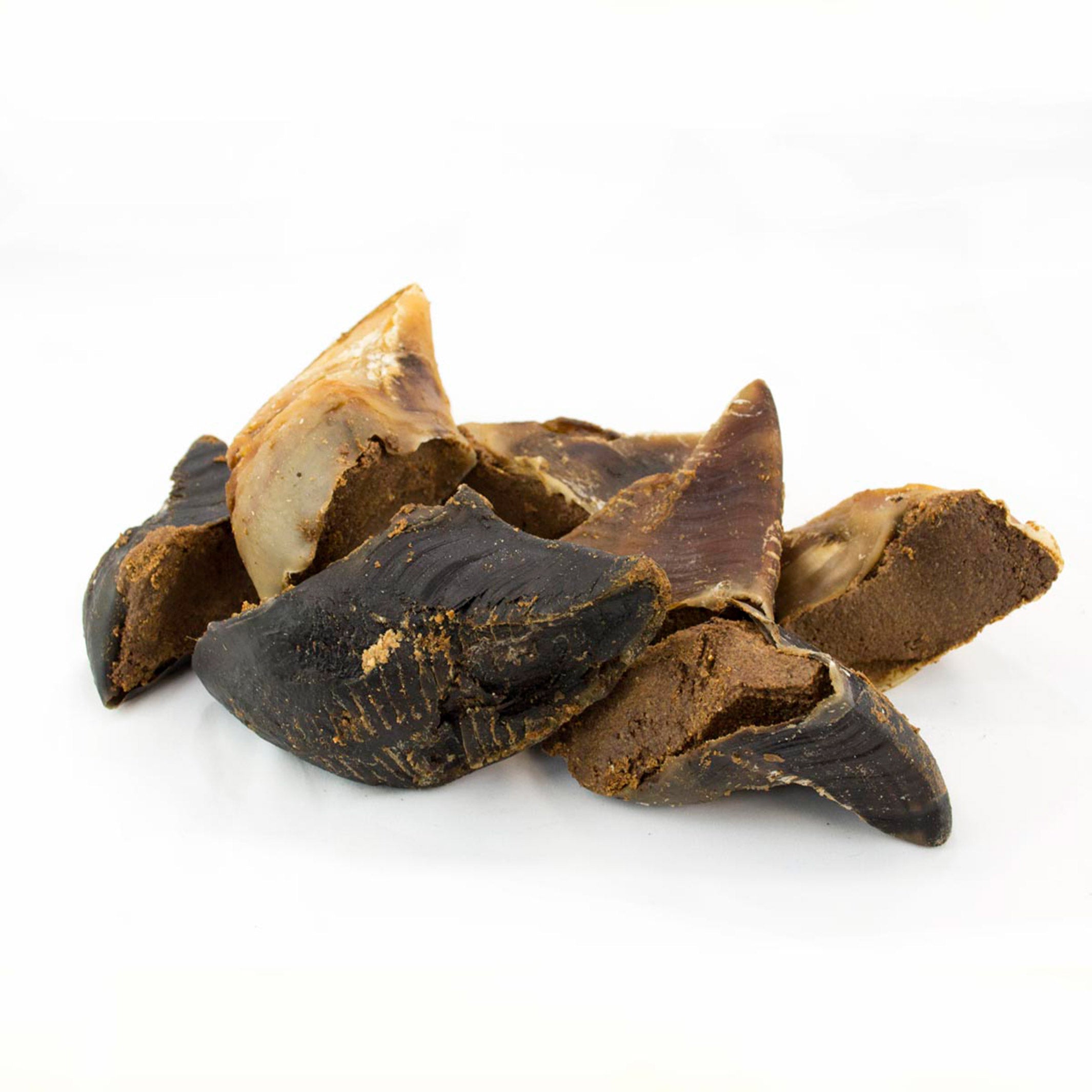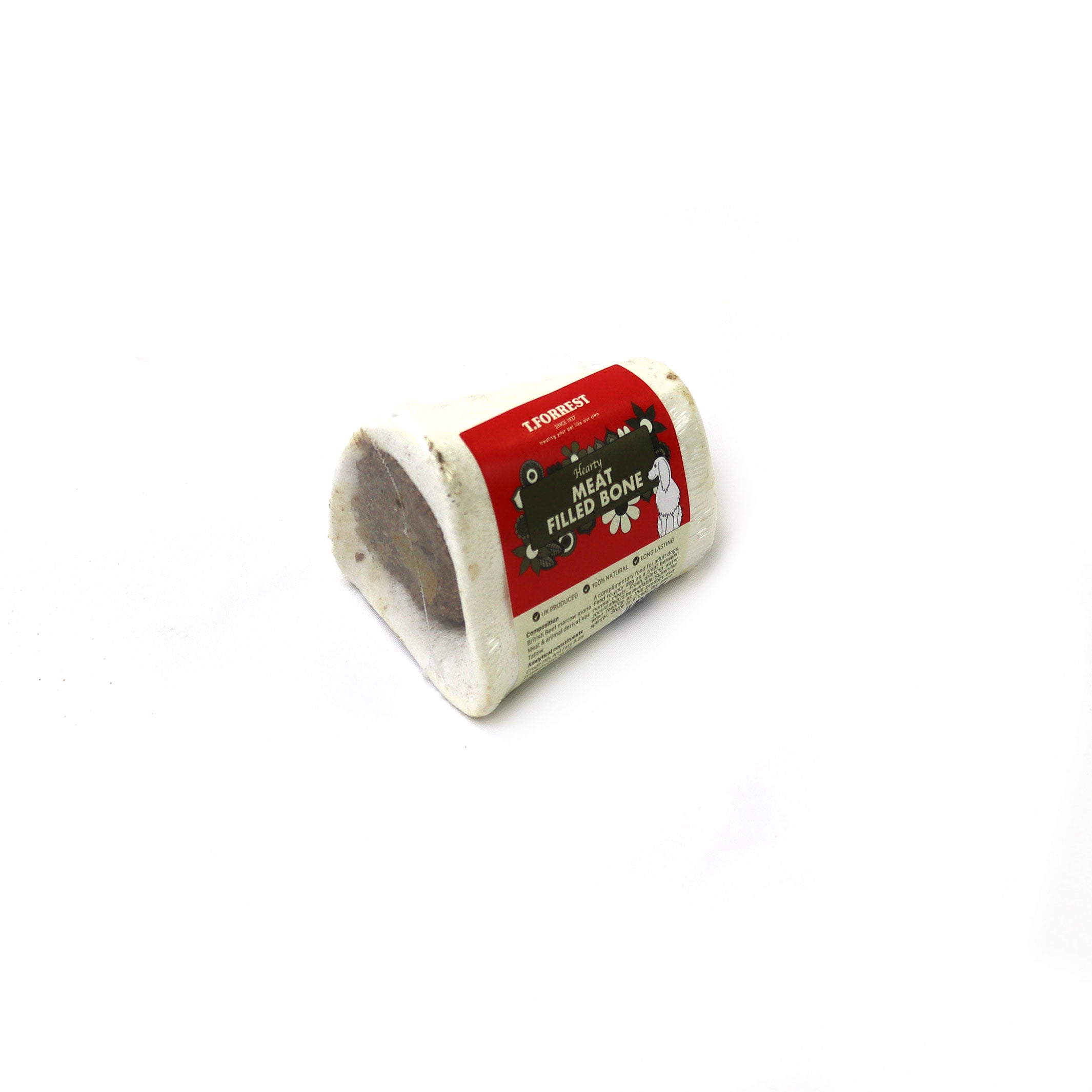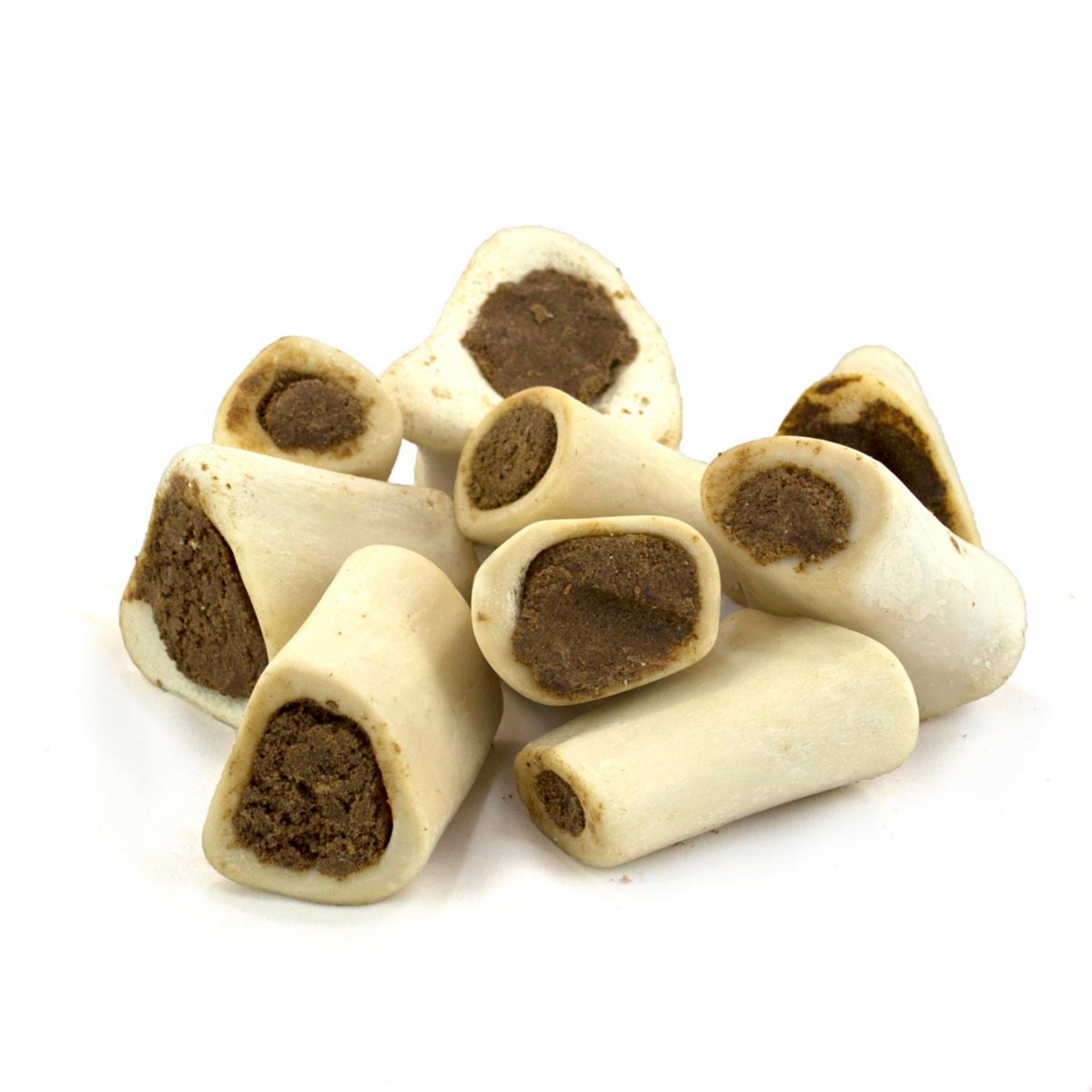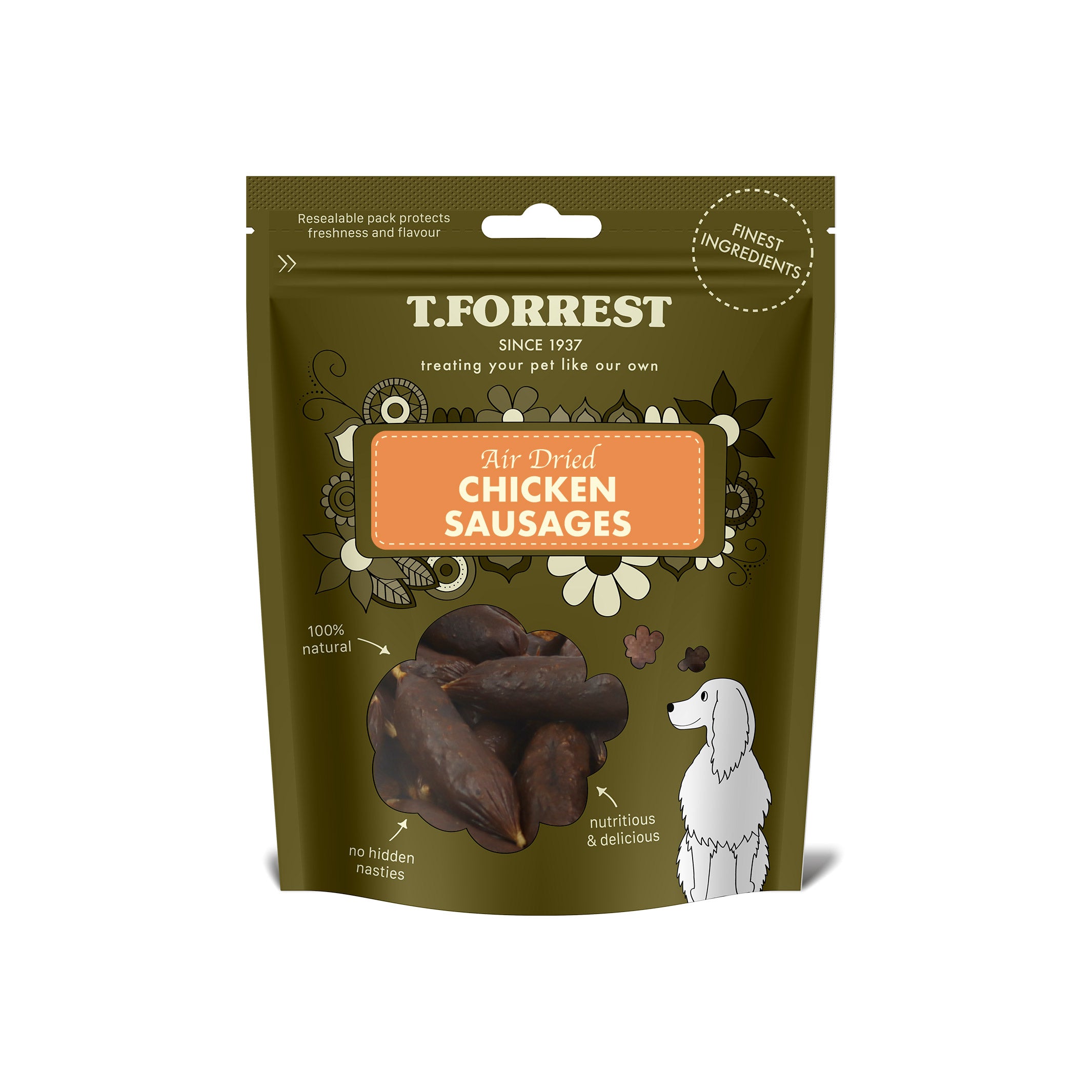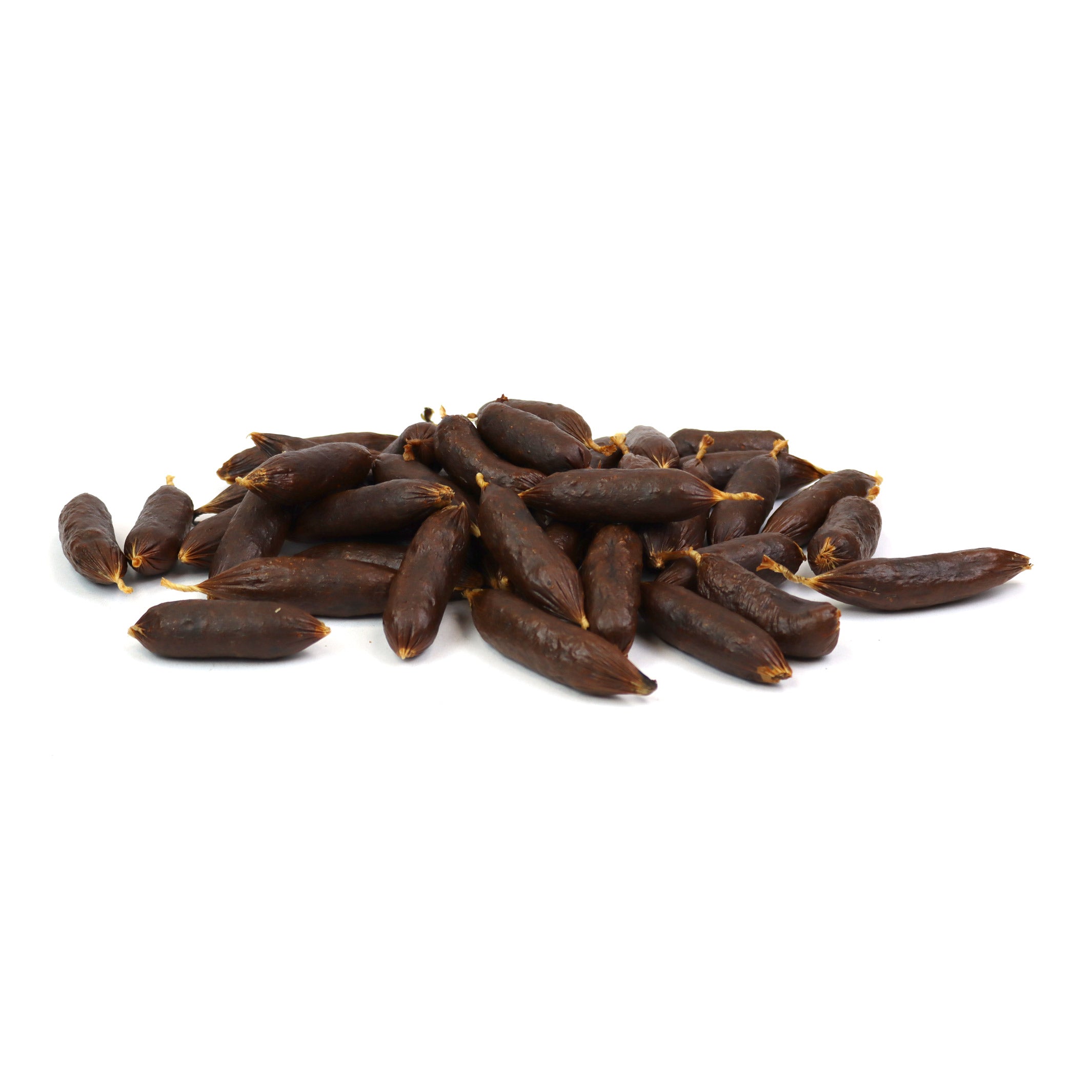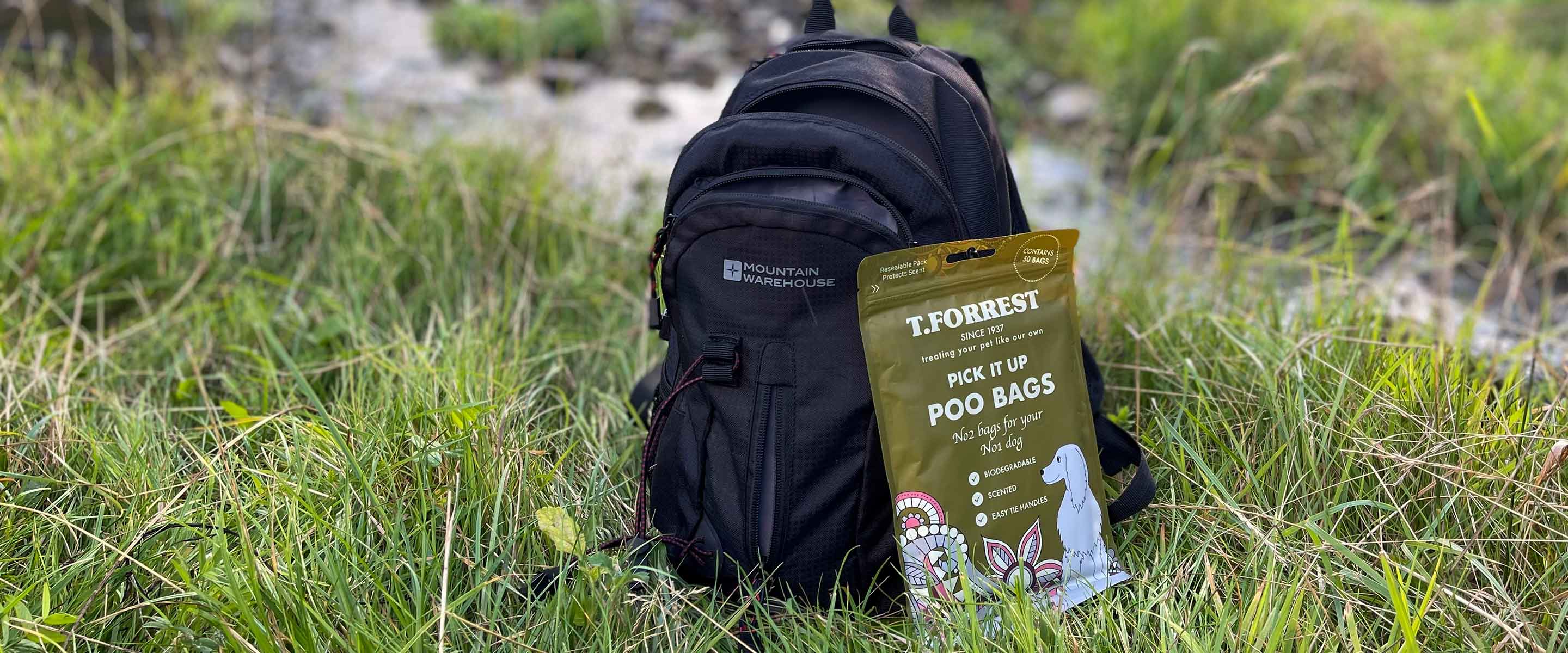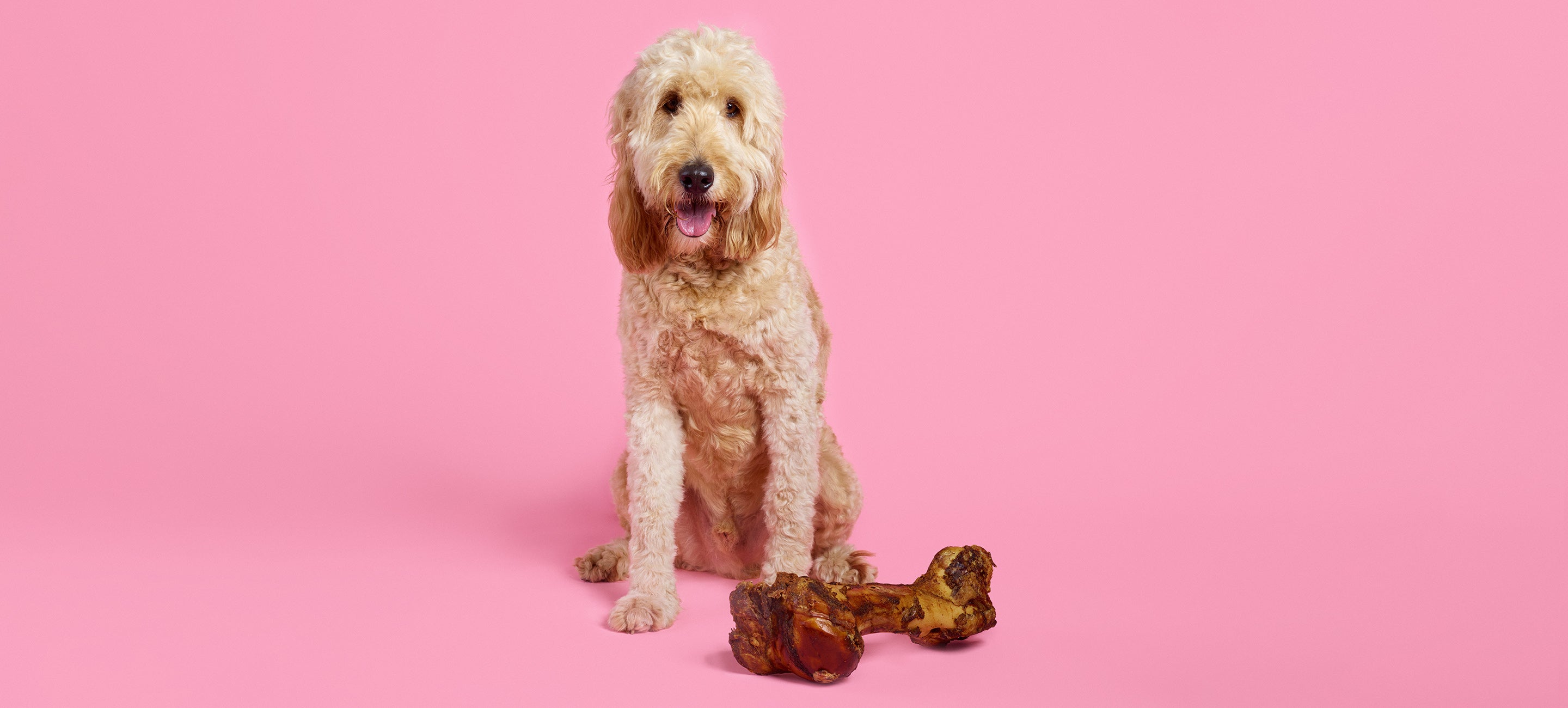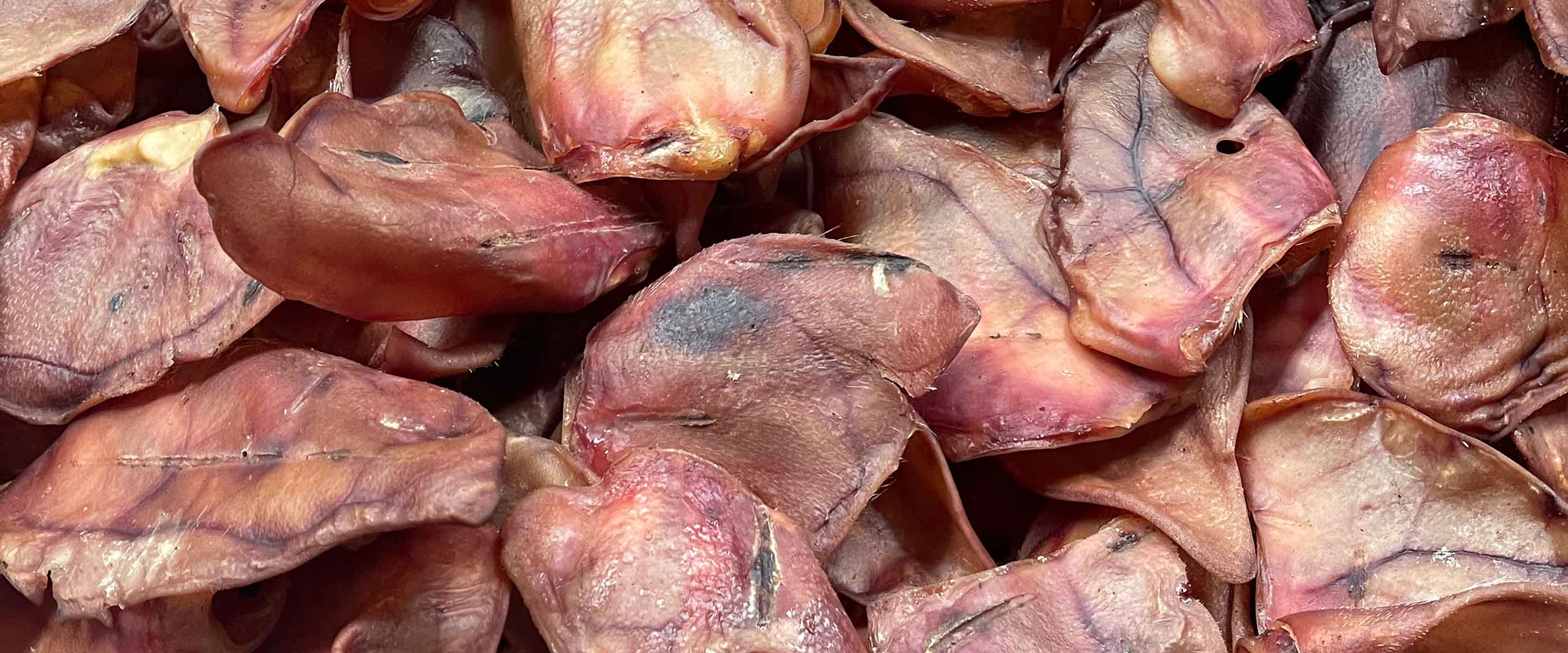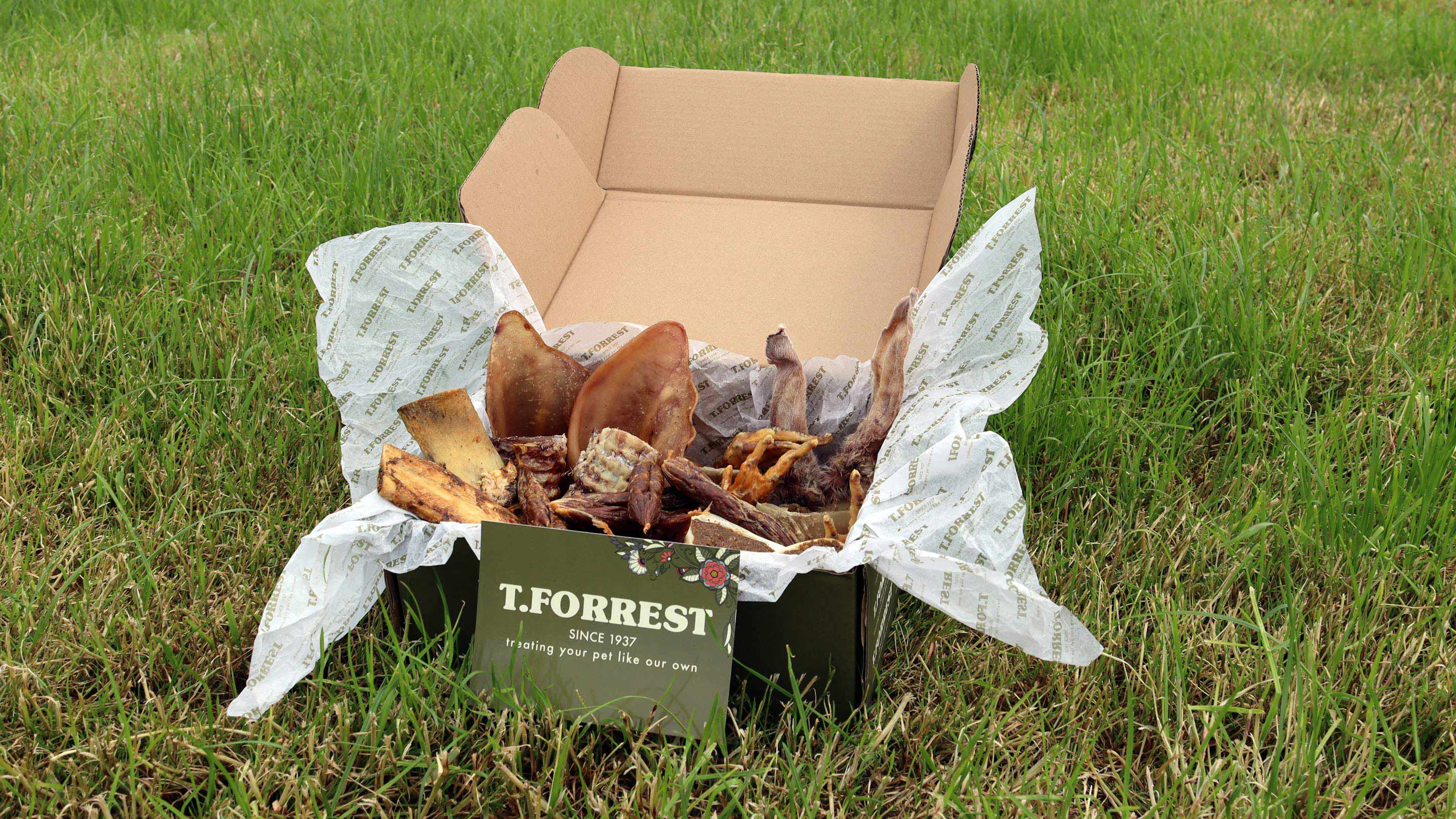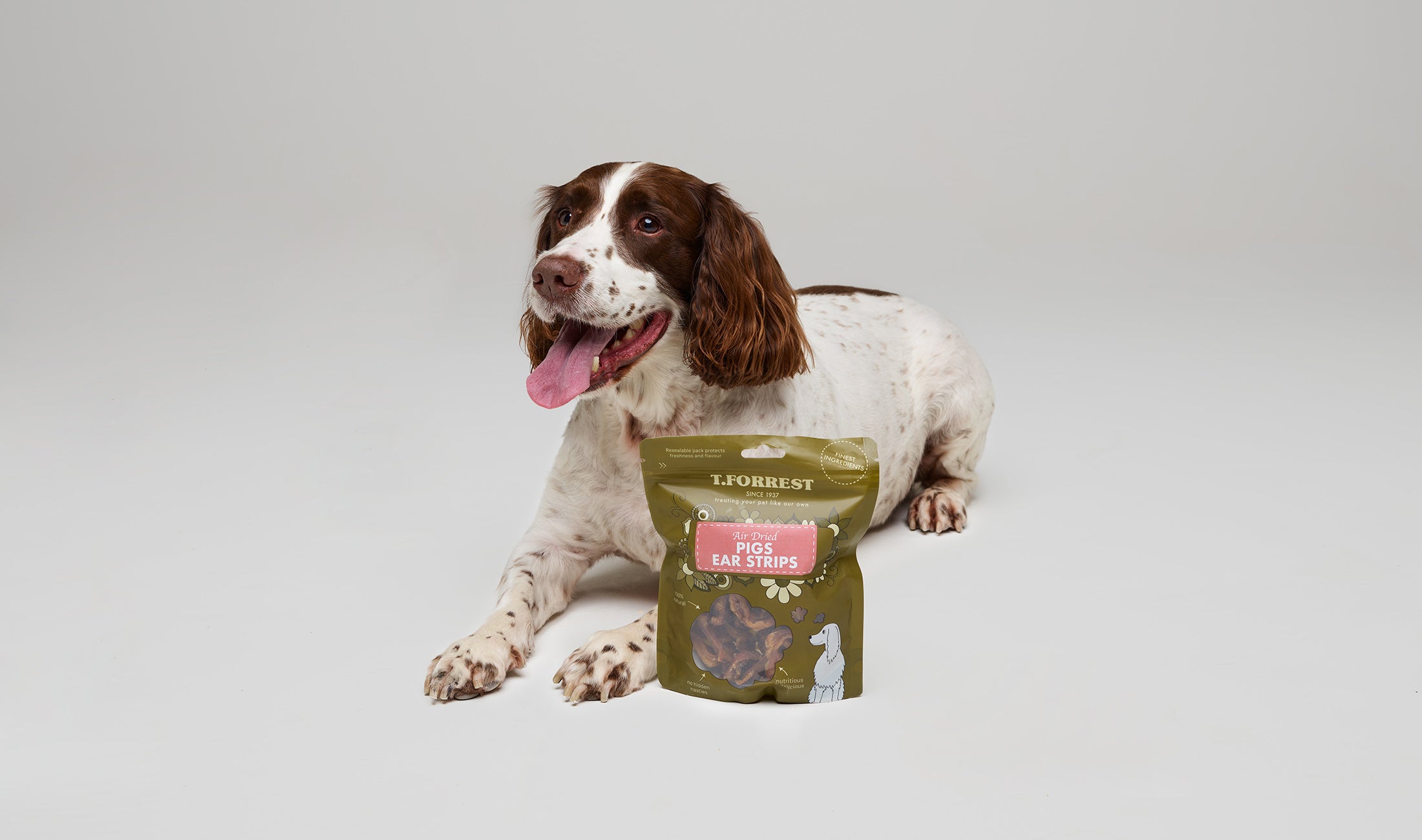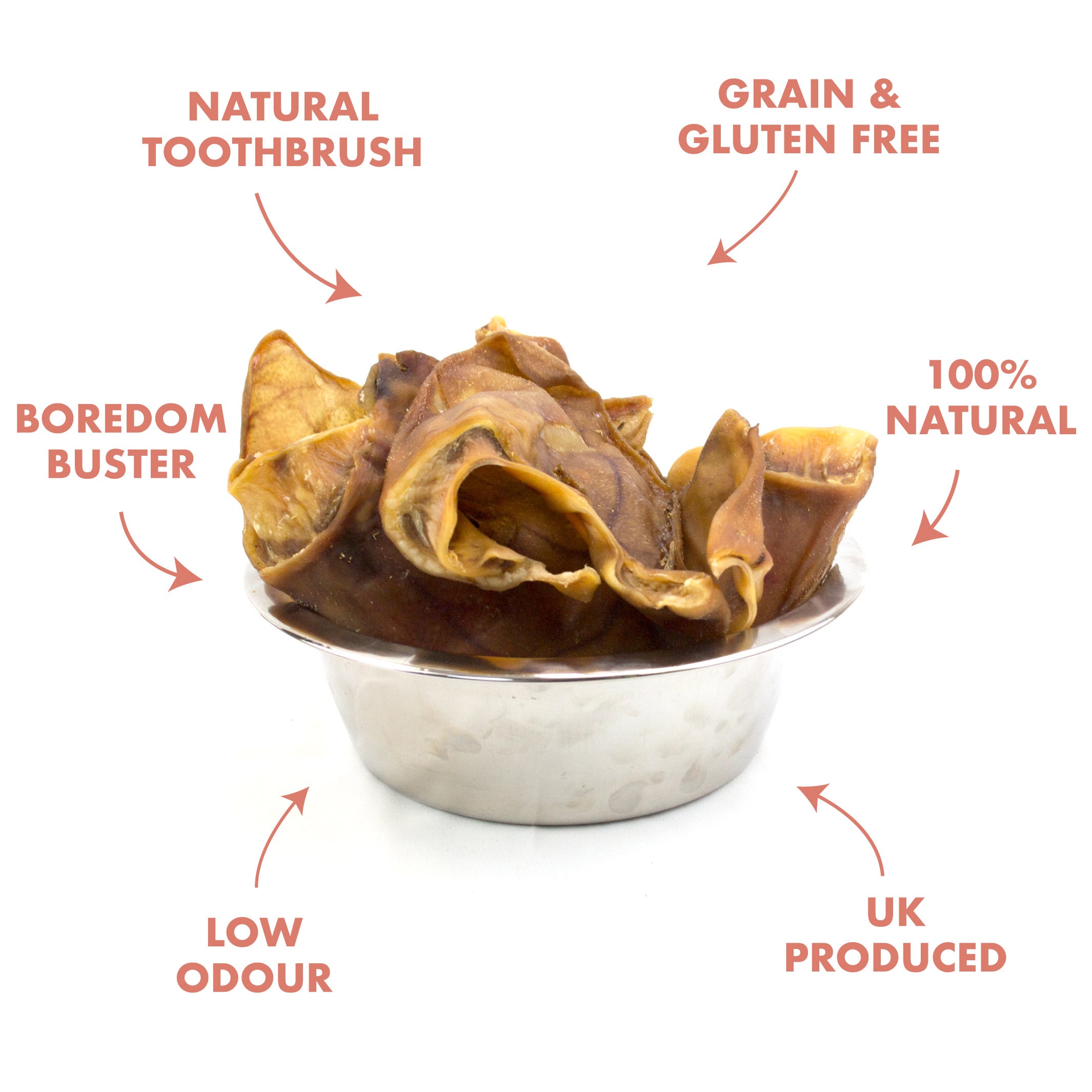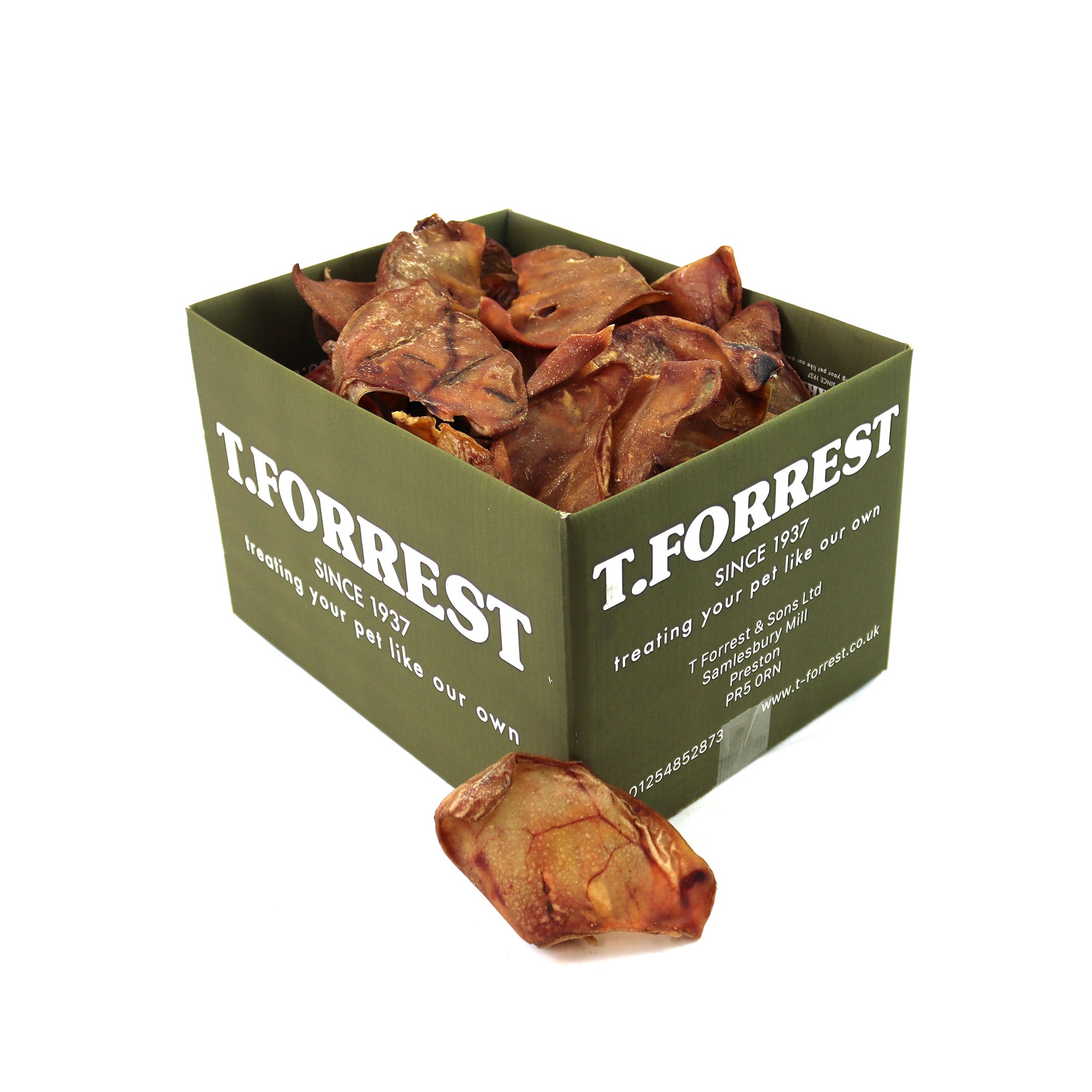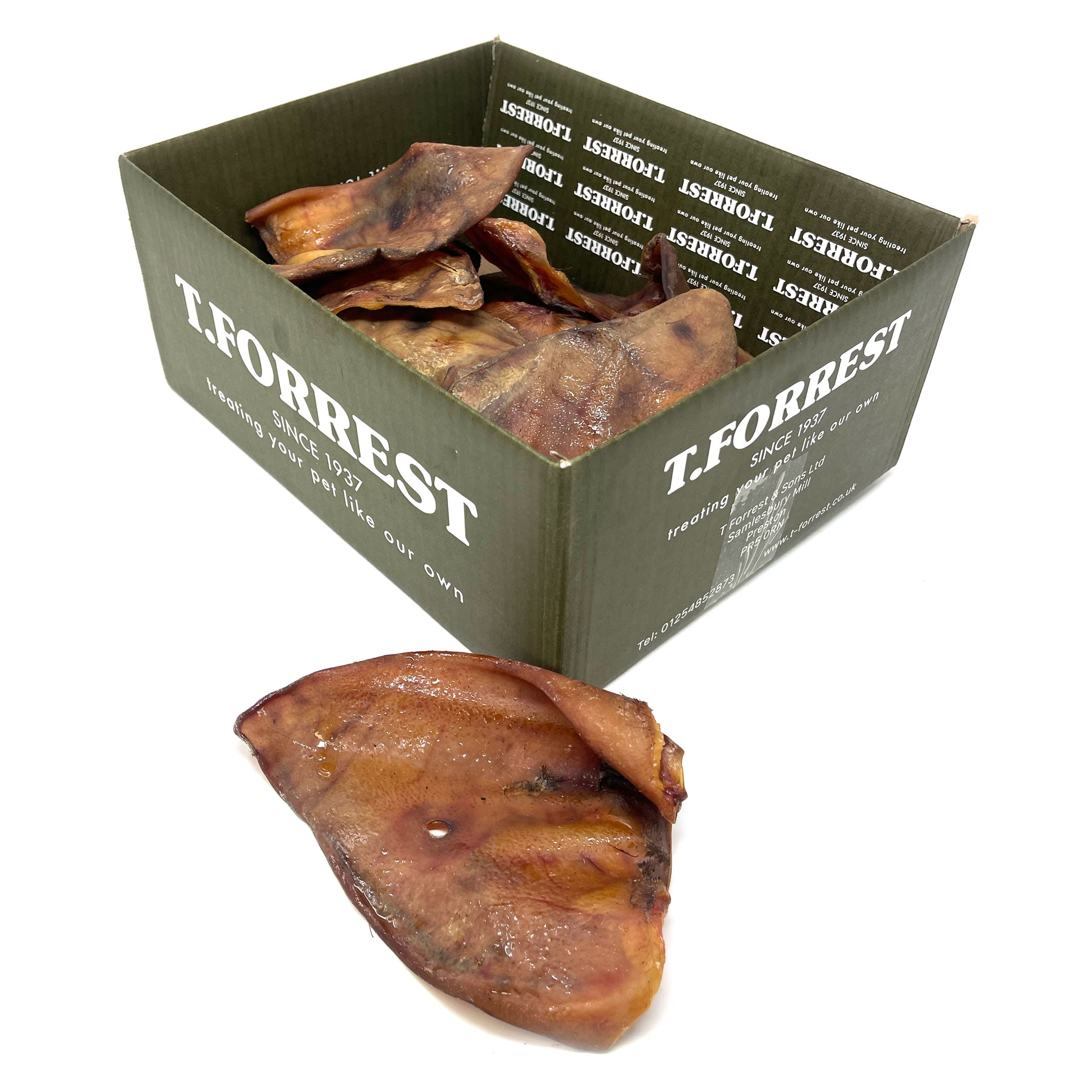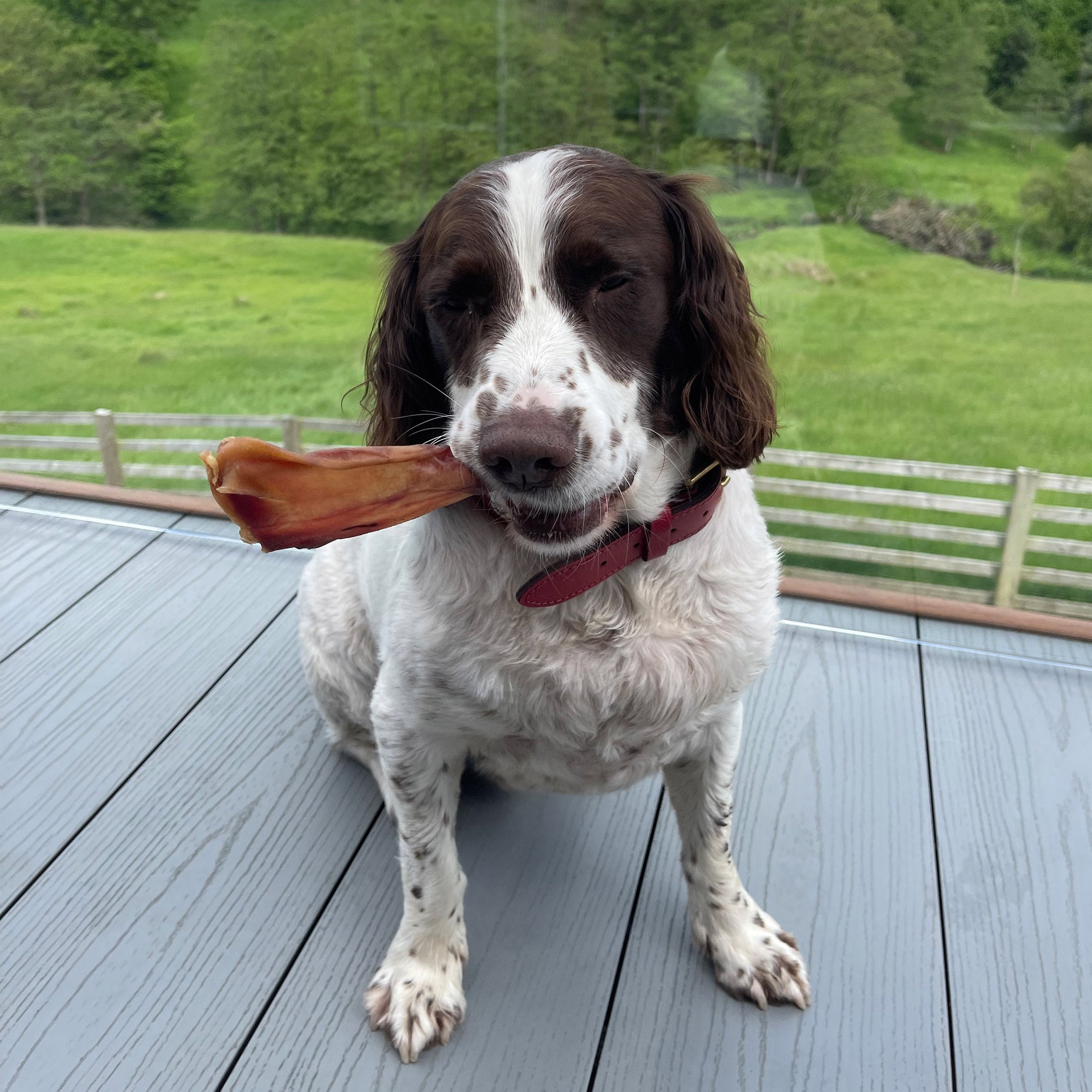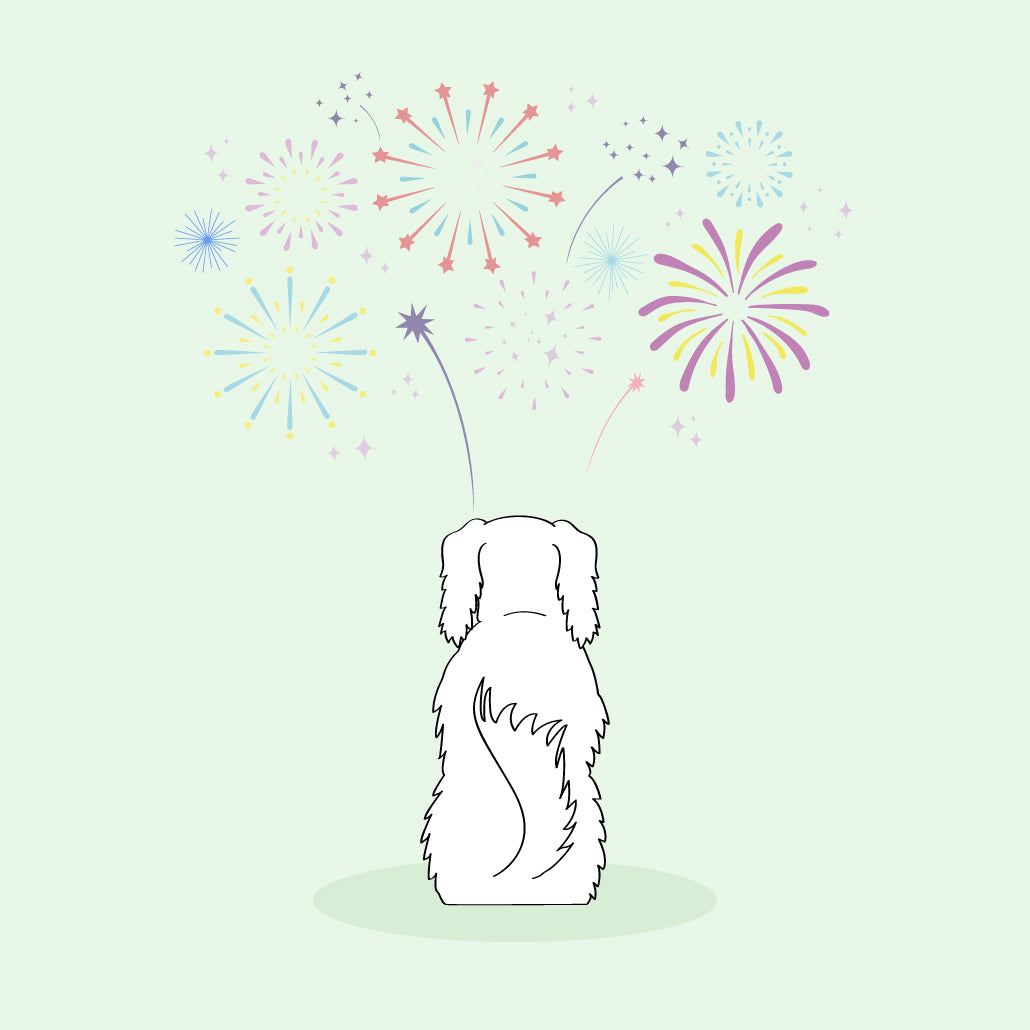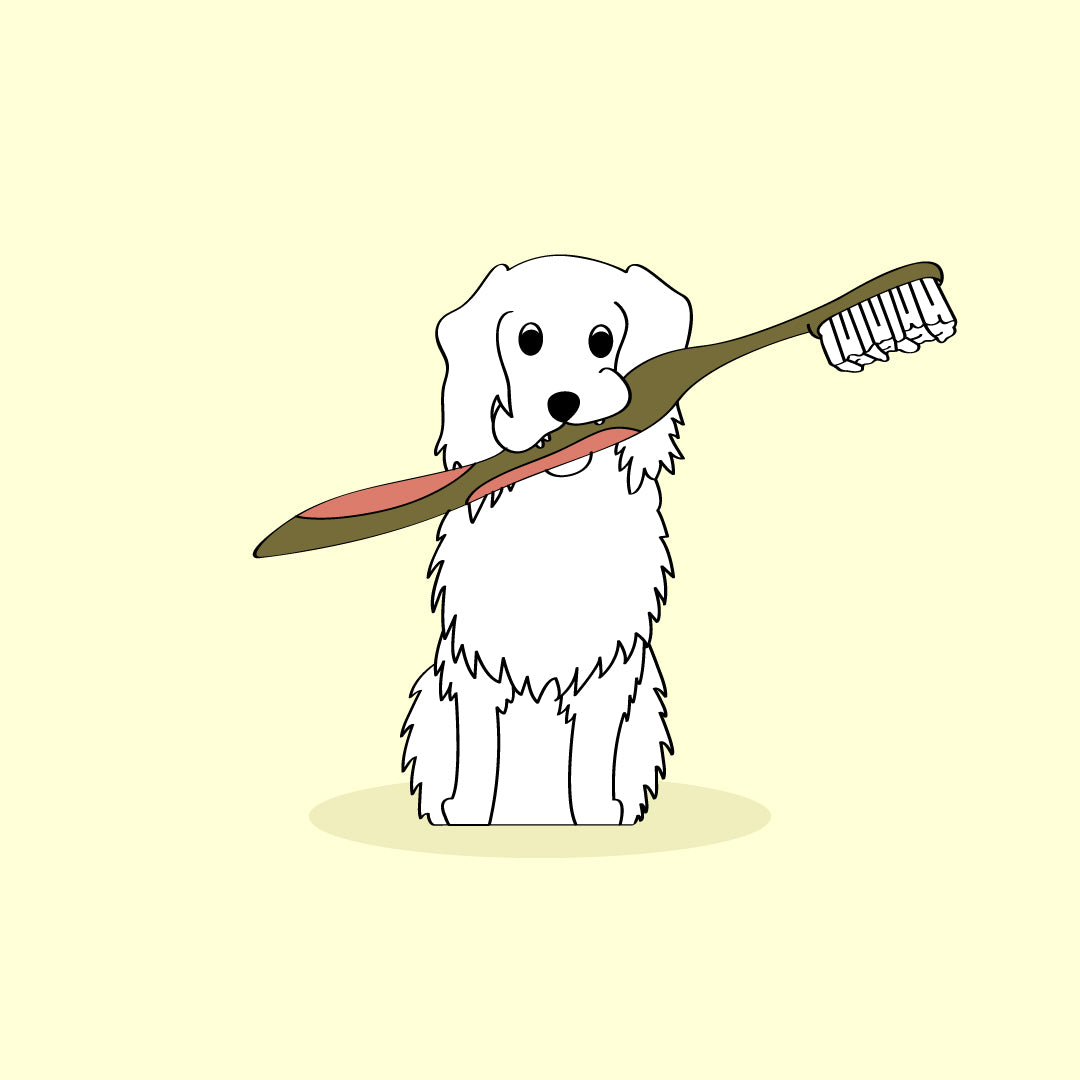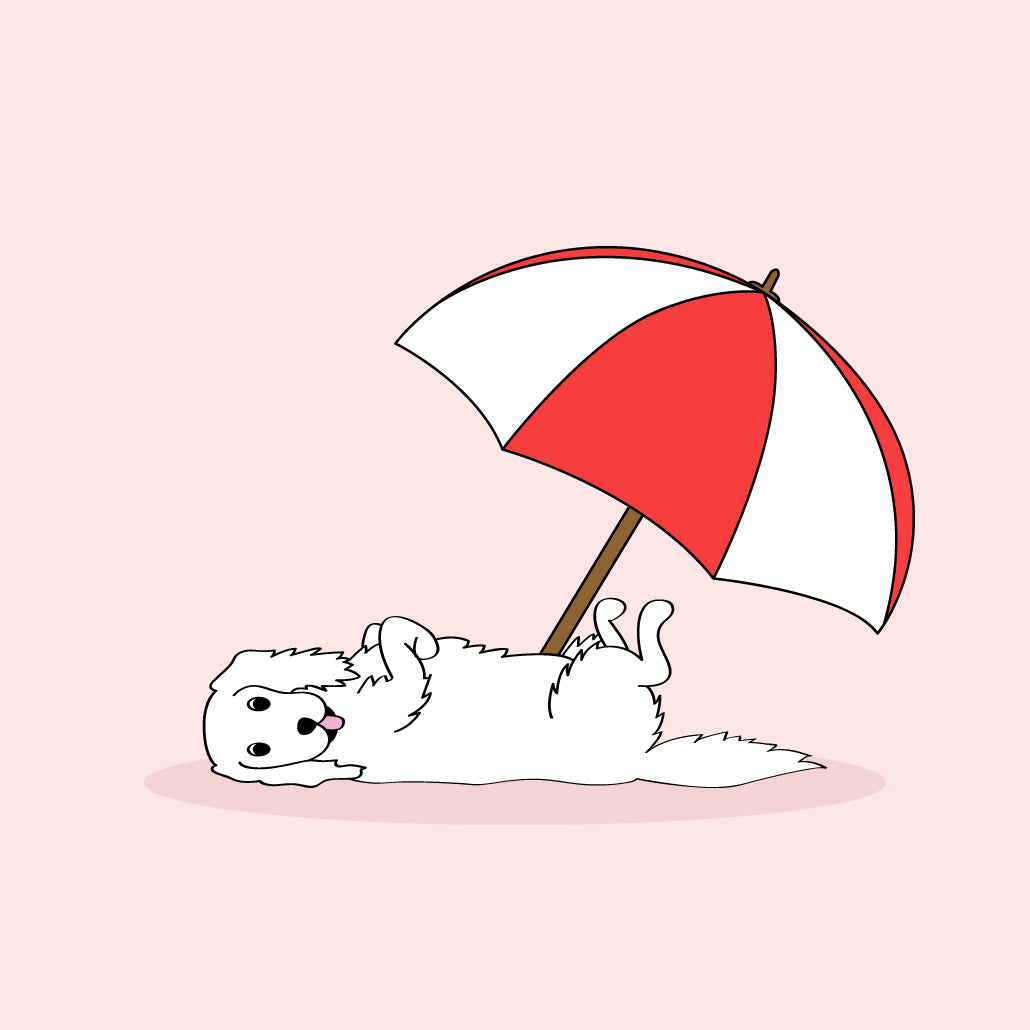How Do I Know My Dog Has Fleas
How do I know if my dog has fleas? What are the signs and how do I treat my dog and prevent unwanted visitors from coming back? These are questions you will ask as a dog owner.
As dog owners ourselves we know the struggle is real to keep the critters at bay so here's our guide to help you keep your canine friend free from fleas.
Your dog's soft, warm fur provides the perfect environment for fleas. These insects feed on your pet’s blood and can cause health problems ranging from allergic reactions to serious illnesses.
Fleas are more common during the warmer months, but you can take steps to prevent them any time of year.
If you notice your dog scratching, shaking her head, biting themselves, and then scratching some more, it may be your dog has fleas but how do you know for sure?
A closer inspection of your dog's skin is all it takes to know if your dog has fleas.
flea facts
- Fleas are a parasite and there are different species such as dog fleas, cat fleas, rabbit fleas, and even human fleas! Many species can infest more than one host species
- Fleas only suck blood from their hosts as adults. A flea can live from between 14 days to one year and a female can lay up to 50 eggs in one day - that's 1,500 in a lifetime!
- Some types of flea that can leap more than a hundred times their own body length
- It is estimated that 95 percent of flea eggs, larvae, and pupae live in the environment, not on your pet
- Prevent fleas from becoming a problem by regularly treating both your pet and your home. This may need to be done all year round if your home is centrally heated.
WHAT ARE THE SYMPTOMS OF FLEA INFESTATION 
The signs aren't hard to spot. Your dog may be itching a lot more than usual.
Their skin may be irritated, red, or you may see tiny scabs, In extreme cases, pets will bite their skin to relieve the itch so much that this develops hair loss.
Look for tiny, dark insects that are smaller than ants. You may see tiny dark specs in their coat. Take a good look in their armpits and groin area, fleas tend to love areas that are warm and protected.
Separate your dog's fur with your fingers to expose the skin, if there are fleas present you will see the following signs.
- Red and bumpy, especially if your dog has been scratching.
- You may see tiny fleas that move quickly or even jump.
LOOK FOR FLEA DIRT
When inspecting your dog's skin, you might see tiny black specks that look like finely ground black pepper. This is flea "dirt" (or Poo)
You can distinguish flea dirt from ordinary dirt by collecting any black specks that fall off your dog on a white paper towel. Sprinkle the specks with a little water. If they turn a dark reddish-brown color, that's a sign of flea dirt.
USE A FLEA COMB 
Work a flea comb through your dog's hair, starting close to the skin. If your dog has fleas, the fine teeth of the comb should capture some. You can dispose of them in a nearby bowl of soapy water to ensure they don't survive.
GET RID OF FLEAS
For every adult flea, there may be as many as 100 immature fleas ready to pounce.
The treatment of fleas is a two-pronged attack. We need to treat the pet and in addition, we have to treat the environment.
Keeping fleas under control on your pet and in your home takes:
- Strict sanitation
- Pet treatments get advice from your vet
- House treatments (both indoors and outdoors)
Sanitation is simple. Vacuum – A LOT. Clean and vacuum all over, especially in the hot, humid places fleas and their larvae like to hang out. Do it at the same time you treat your pet.
Flea larvae hide in carpets and are generally immune to insecticide, so vacuuming does a few things:
- It pulls some of the fleas out of the carpet.
- Pre-adult fleas are pushed to leave their cocoons.
- The carpet opens up for treatment by insecticides, which will be effective once the larvae hatch into adults.
Ensure you dispose of the vacuum bag outside. Otherwise, the larvae will hatch in there. If your vacuum has a solid tube, after you empty it, wash it out with hot, soapy water.
Wash and clean your pet's bed regularly, these warm comfy places are the perfect place for fleas to enjoy themselves.
Thorough vacuuming followed by the use of an insecticide spray containing an insect growth regulator is a good way of eliminating fleas in the home and other areas.
A single application can last for six months to a year.
Care should be taken not to allow products containing permethrin to come into contact with your dog and never use any spray in close proximity to a fish tank, as they are highly toxic to fish.
TREATMENT FOR FLEAS
Your vet can recommend the type of prevention that will keep fleas from hitching a ride on your pet.
- Topical (like a liquid or gel applied to your pet’s skin)
- Oral (taken as a pill or treat)
- Flea collars
![]()
Sprays are also used less frequently than they used to be. Thanks to the invention of more effective ‘spot-on’ treatments. ‘Spot on’ products are the simplest and most effective way of treating and preventing dog fleas.
They usually consist of a small vial of liquid which should be applied to the back of your dog’s neck. Killing fleas and sometimes the development of eggs. There are several brands available, so talk to your vet to find the best one for your dog.
Flea collars aren’t usually very effective at treating fleas on dogs as they have a limited range – that is, they only treat the area around the neck – and can also cause hair loss or irritation. However, there is a new generation of flea collars – available from your vet – which is much kinder to your dog’s skin and fur and works by dispersing the active ingredient through the body rather than simply sitting on your dog’s neck.
The main thing is to keep an eye out for the bloodsucking creatures all year round spotting them early is key for treating your dog and keeping them critter-free.

